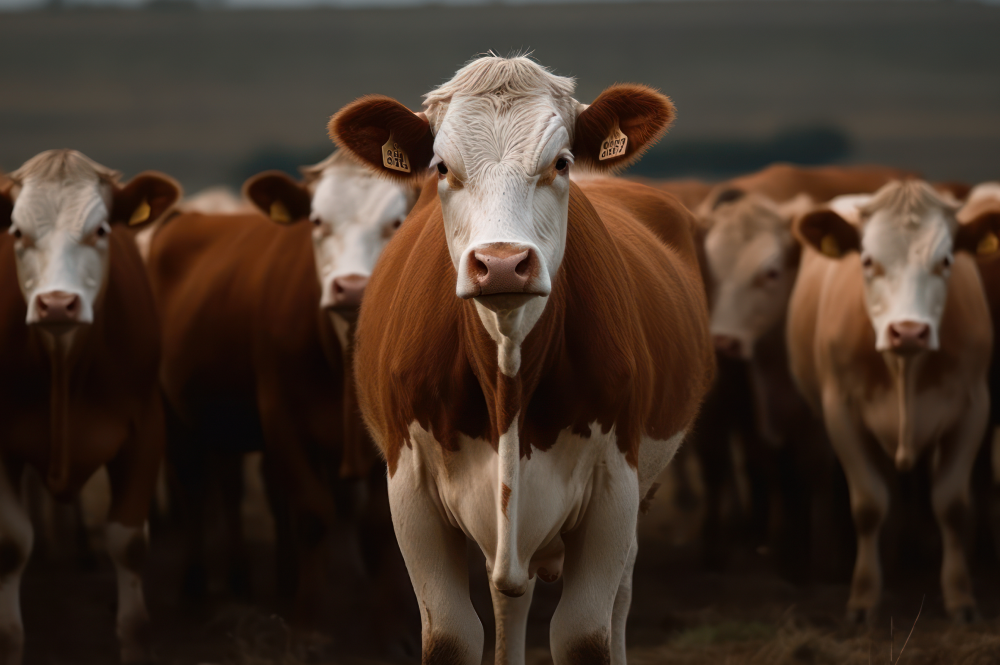Cattle Laundering – Lust for Illegal Leather

Following on from our wood behind the wind article that touched on illegal practices to obtain wood for wind turbines, we take a look at how the demand for leather has impacted the Amazon with illegal deforestation.
The Amazon rainforest is 6.7 million km² and spans multiple countries. Across its vast area, many illegal activities occur on a daily basis.
Whilst the Amazon is a big supplier of beef, the hides of millions of animals are now increasingly supplying the international leather market. Cattle ranching is the main cause of deforestation in the Brazilian Amazon.
Illegal Leather Farming
In one small part, the Jaci-Parana – a specifically protected environmental reserve in Northern Brazil where deforestation is restricted, there are thought to be over 600 ranches. In this small part of the Amazon rainforest, ranchers raise cattle on illegally deforested land.
This part of the forest is protected as it is home to many communities who for generations have lived off the land by tapping rubber trees. These communities are being forced out by ranchers who want the land for cattle.
Ranches are continuing to expand in the reserve, with over 56% of it being cleared. Not only is this affecting the small communities and wildlife who need the environment to survive, but it has a wider impact on the planet as a whole – The rainforest does not just store carbon, it also releases 20 billion tonnes of water into the atmosphere per day. This shows the crucial role that the Amazon has on the global carbon and water cycles, and a decreasing rainforest comes at a huge cost.
The Scale of The Issue
Leather is a lucrative business, with demand growing larger every day. To put this into perspective, luxury vehicles come with an array of high end accessories. This can require a dozen or more hides, with the US alone assembling 1,300 SUVs per day. This leather is often sourced from countries such as Brazil.
During the period of January 2019 – June 2021 (Material Research US), Brazil shipped 18,000 tonnes of leather to the USA.
The increase in leather trade shows how the wealthy world’s shopping habits are tied to environmental degradation in developing nations and by helping to fund destruction of the Amazon.
Locals need to make a living, and with the leather industry at an all time high, the desire to get into the illegal leather trade grows.
How is it Tackled?
For this reason, there needs to be more opportunities for locals to make a living whilst living mutually with the rainforest.
The complexity of the leather market, with its ranches, traders, prosecutors, regulators, tanneries and other facilities, makes it a complex market.
What’s more, they use middlemen and structure the sales to hide the origin of the cattle, creating a paper trail falsely showing the animals came from a legal ranch. This makes it incredibly hard to hold people accountable.
The environmental impacts of leather processing – such as the tanning process – are already a causing concern, but it is now thought that cattle trafficking is the biggest environmental concern linked to the leather trade. To tackle this, regulations need to be changed in the countries that are importing leather, focusing on traceability of materials and holding people accountable. What’s more, the wider picture indicates that we need to reduce poverty in those areas where illegal undertakings seem like the only option, therefore, allowing people to sustain themselves and their families without causing the destruction of the planet.


